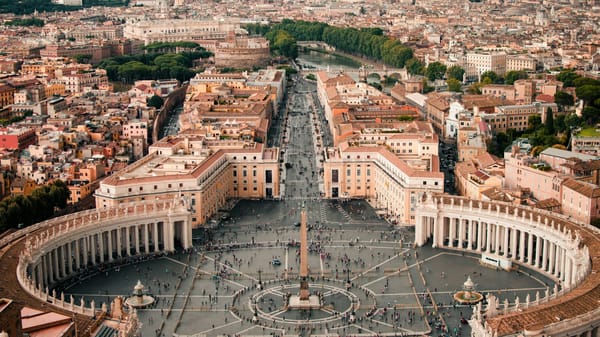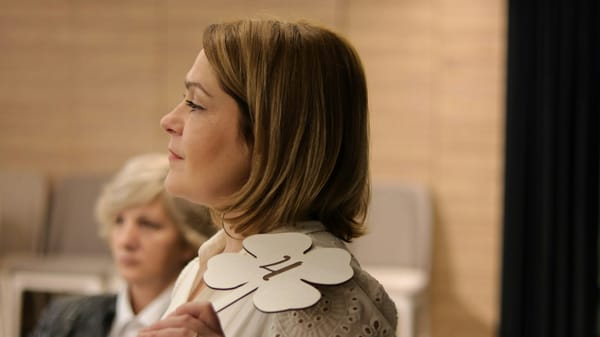The Chumash Museum Opens. But Who’s Still Not Listening?
Panu Syrjämäki examines the tension between cultural preservation and performance in the newly opened Santa Ynez Chumash Museum.
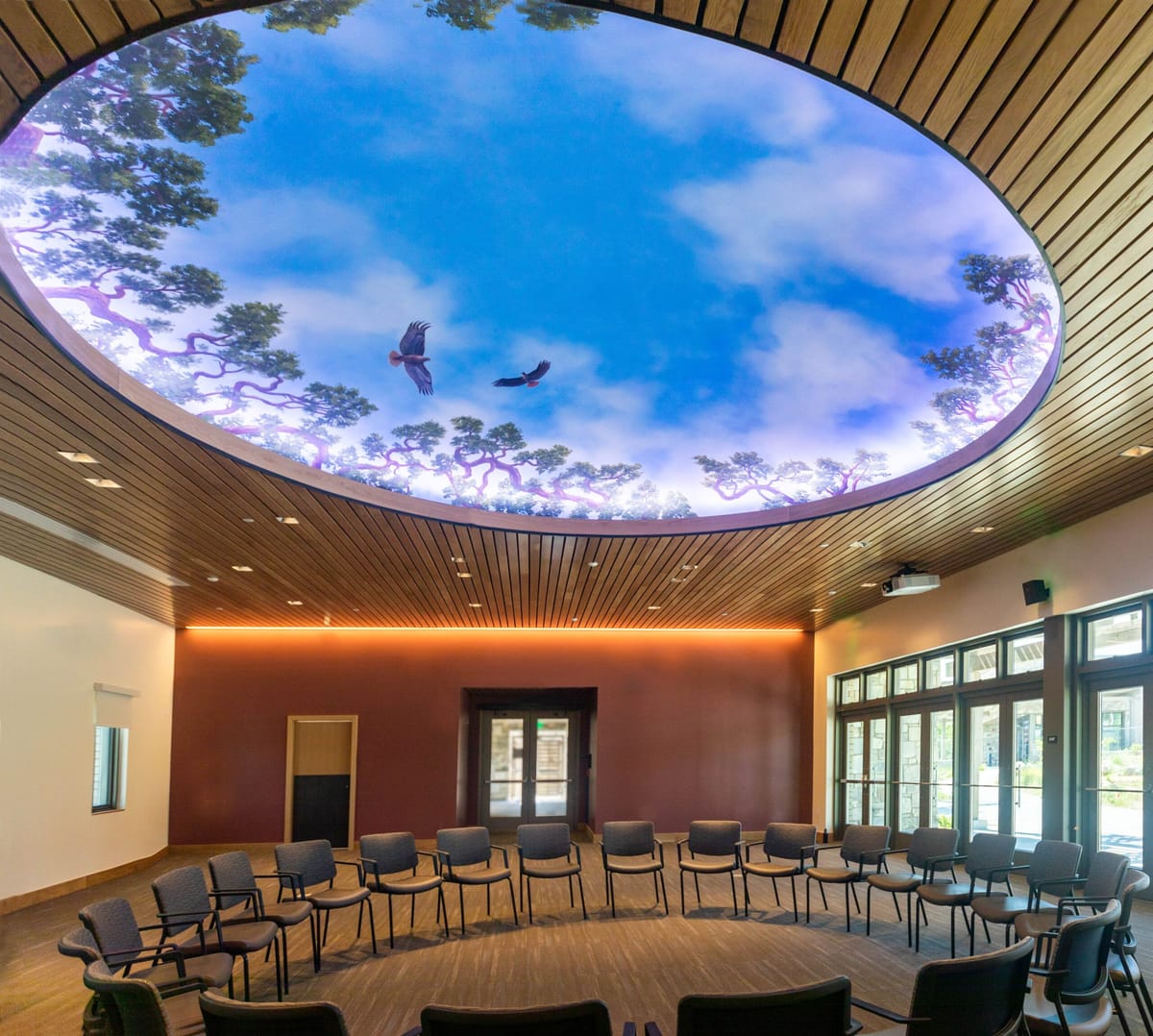
This May, a new Chumash Museum opened in Santa Ynez. Its architecture speaks in soft curves of memory. Its exhibits are lined with voices long excluded from California’s history books. The Santa Ynez Chumash Museum is, at first glance, everything an institution should be in 2025: Indigenous-led, land-conscious, story-first.
And still, something feels stuck.
In the middle of 3.5 acres of native flora and carefully rebuilt redwood canoes, a familiar question hangs over the project: who is this museum really for? Because while the intention is cultural revival, the execution reveals something more fragile — a museum caught between resistance and performance, between community memory and tourist-friendly mythmaking.
“This museum says: ‘We are still here.’ But who is allowed to hear it — and who is allowed to forget it?” — Panu Syrjämäki, Editor-in-Chief, ART Walkway News
It’s true: this isn’t just preservation. It’s postcolonial correction. The interactive exhibits give visitors access to stories that were once outlawed. There are oral histories from Maria Solares, the last fluent Samala speaker, woven into the architecture itself. The land has been rewilded with basketgrass and willow, and the site honors elders with live oaks. On paper, it's a remarkable reclamation.
But on the ground, it risks becoming another well-funded echo chamber — built to educate outsiders without challenging their frameworks.
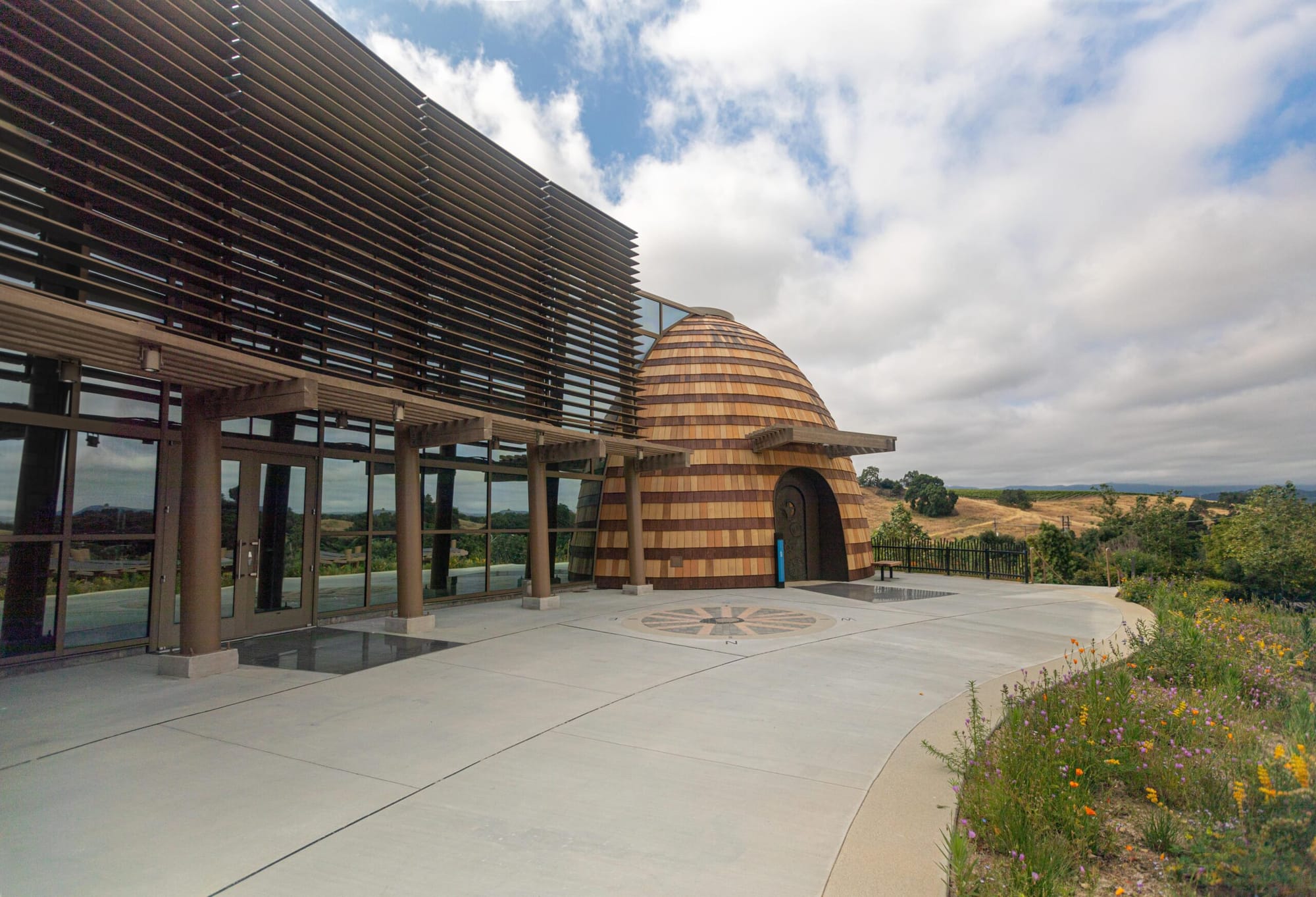
The ap — the domed structure at the museum's center — invites visitors to learn about spirit animals, rattlesnake quakes, and moon-calling eagles. But it stops short of asking what it means to be a tribal nation in the shadow of a wine economy built on Chumash land. There’s little confrontation of present-day erasure, economic extraction, or the casino-fueled tensions that complicate local narratives of sovereignty.
Instead, there is a polished, well-funded quietness.
In this silence, one hears a tension familiar to many Indigenous institutions: the line between survival and spectacle. Museums like this walk it constantly. Be palatable enough to get the funding. Be authentic enough to claim cultural capital. But don’t be so political that you alienate donors, tourism boards, or public officials.
“Indigenous culture doesn’t need more vitrines. It needs room to breathe, resist, and confront.” — Panu Syrjämäki
That leaves the visitor experience caught somewhere between Disneyland anthropology and real grief. Between proud resistance and careful compliance.
And while the museum acknowledges that the reservation didn’t have running water until 1969, it doesn’t ask why that fact still shocks. Or who benefits from the audience’s guilt. Or what happens when historical injustice is aestheticized for an Instagram moment under the Ancestor Grove oaks.
What’s missing isn’t history. It’s pressure.
What’s missing is the chance to say: we’re not here to perform Indigeneity for you. We’re here to remind you what you helped erase.
“Museums love to display survival. But how many dare to display the systems that caused the need to survive?” — Panu Syrjämäki
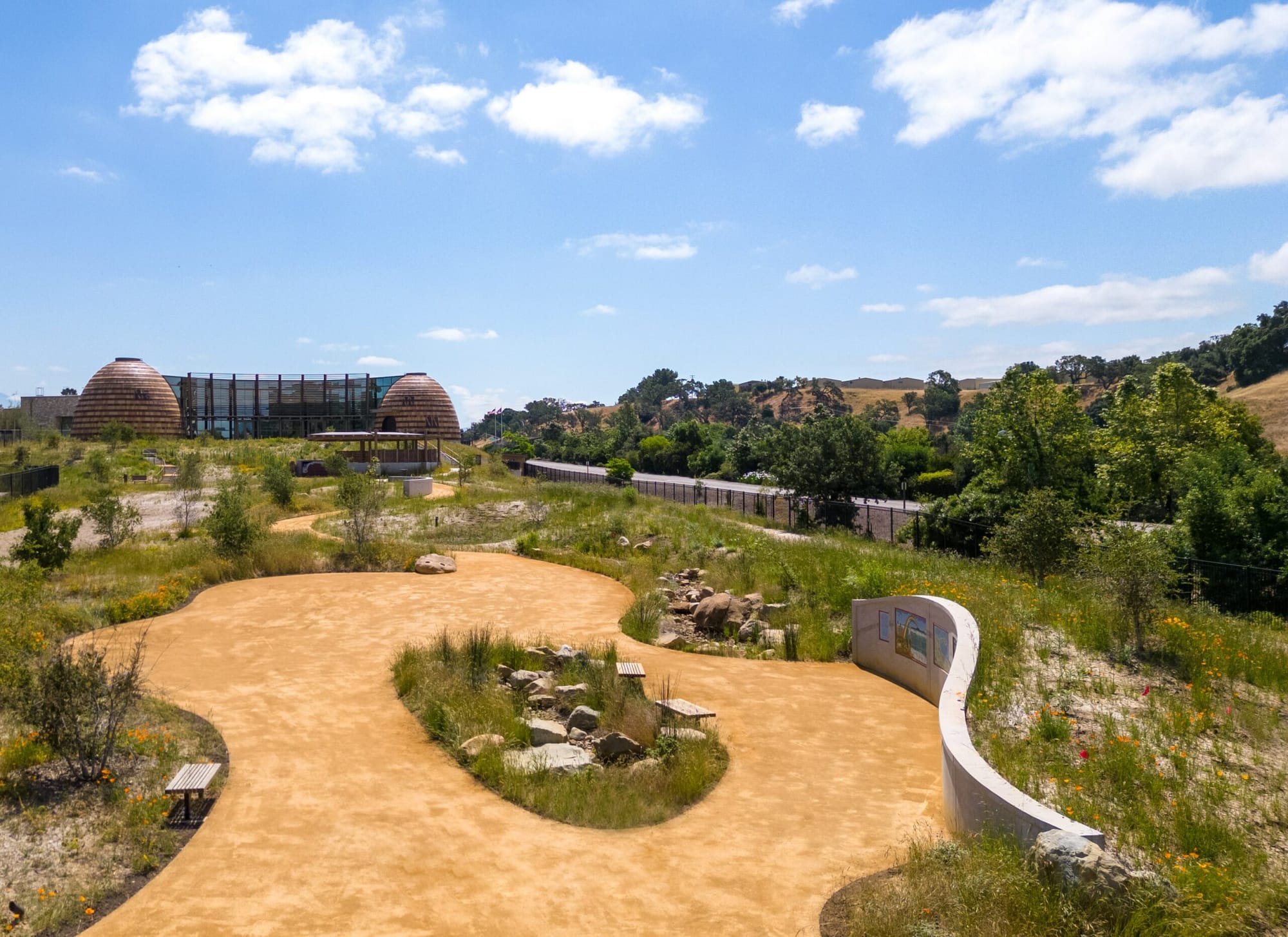
The Santa Ynez Chumash Museum is not a failure — far from it. It is a necessary, overdue, hard-won home for a culture that never died. But in a time when every institution is rewriting itself to be more inclusive, we have to ask harder questions about how inclusion is framed, and who it’s meant to comfort.
Museums have always been tools of narrative control. Now they brand themselves as agents of justice. The Chumash Museum could be both. But only if it dares to push past the educational tone — and speak directly to the wounds still open.
The past doesn’t need redecoration. It needs confrontation.
“We are not here to perform Indigeneity. We are here to interrogate the institutions that made it performable.” — Panu Syrjämäki
And the living don’t need another vitrine. They need space to be angry — and heard.
ART Walkway News



